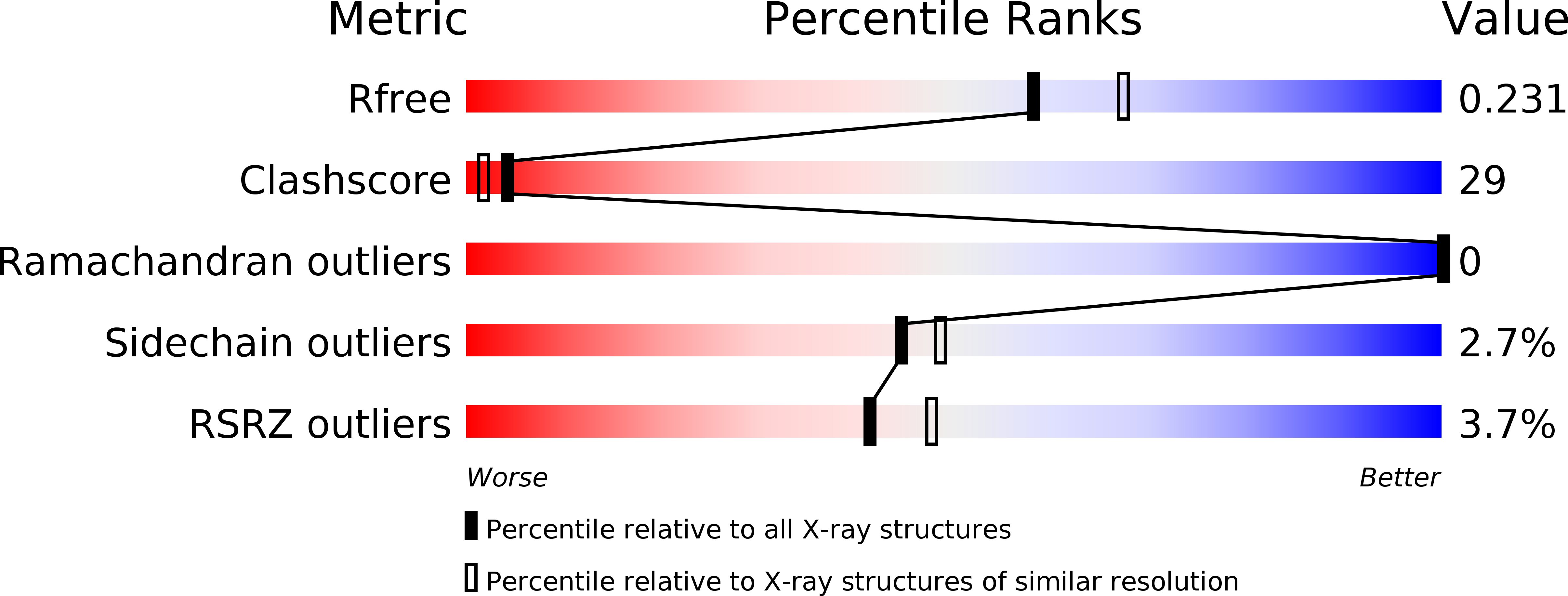
Deposition Date
2001-07-15
Release Date
2001-10-10
Last Version Date
2023-08-16
Entry Detail
PDB ID:
1JL5
Keywords:
Title:
Novel Molecular Architecture of YopM-a Leucine-rich Effector Protein from Yersinia pestis
Biological Source:
Source Organism:
Yersinia pestis (Taxon ID: 632)
Host Organism:
Method Details:
Experimental Method:
Resolution:
2.10 Å
R-Value Free:
0.24
R-Value Work:
0.22
R-Value Observed:
0.22
Space Group:
I 41 2 2


